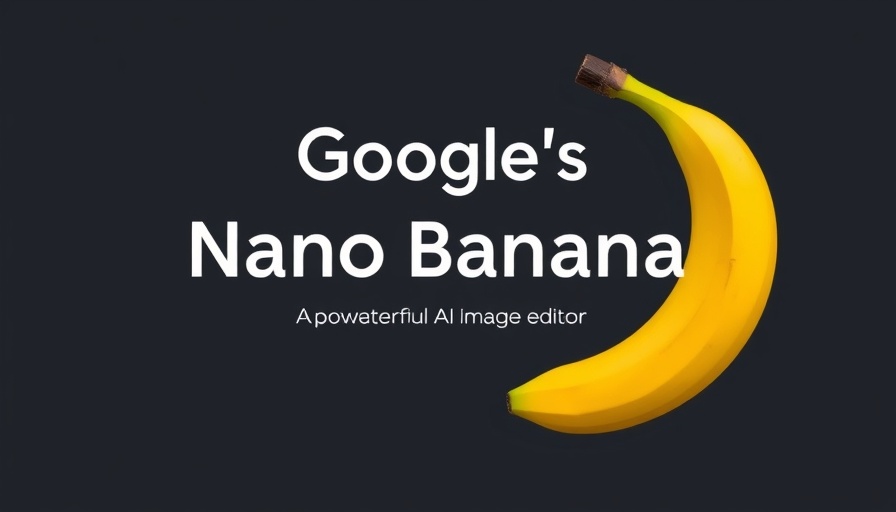
Revolutionizing 3D Printing with Sustainability in Mind
In an era where environmental concerns dominate innovation, MIT's Computer Science and Artificial Intelligence Laboratory (CSAIL) has made a significant leap in sustainable manufacturing. Researchers have engineered a new 3D printing system named SustainaPrint, aimed at optimizing the use of eco-friendly materials while increasing the strength of printed objects. This breakthrough method focuses on reinforcing only the weakest zones of a print, which allows for the creation of durable products using less plastic.
Why Does Sustainability Matter in 3D Printing?
Traditional 3D printing often results in excessive waste due to overuse of materials. With global efforts moving towards more sustainable practices, the advent of SustainaPrint fits perfectly into the larger narrative of reducing plastic consumption and promoting greener technologies. The goal is to not only manufacture with reduced environmental impact but also to meet the growing demand for high-quality, strong materials.
How SustainaPrint Works
The SustainaPrint system is designed to analyze and identify the weakest structural elements of a 3D model before printing, subsequently applying additional reinforcement solely where necessary. This targeted approach leads to stronger end products with a fraction of the usual plastic used. Such innovation can be pivotal in industries looking for more sustainable manufacturing alternatives without sacrificing quality.
Looking Ahead: The Impact of SustainaPrint
Going forward, SustainaPrint could reshape the landscape of 3D printing across various sectors. By decreasing plastic usage while enhancing durability in products, CSAIL's development may inspire further advancements in eco-friendly technologies. Responsible production methods are set to enhance both environmental efforts and consumer demands for sustainability.
 Add Row
Add Row  Add Element
Add Element 



Write A Comment